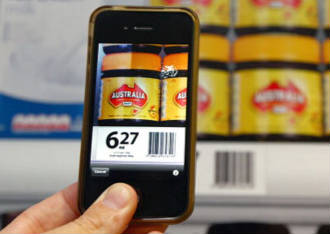 Ye ancient Tablet has already taken a toll on PC sales and now they appear to be changing the online retail landscape as well.
Ye ancient Tablet has already taken a toll on PC sales and now they appear to be changing the online retail landscape as well.
According to the British Retail Consortium and Google, retail search volumes grew by 15 percent in the second quarter, but tablet search volumes were up a staggering 132 percent. Smartphone growth was 66 percent.
So what are mobile users searching for? It appears many of them enjoy DIY and gardening, as mobile searches for the two categories were up 170 percent and 81 percent year-on-year. Obviously, much of the growth is seasonal. Clothing is also popular and unsurprisingly it appears that most mobile searches are coming from consumers making their purchases while soaking in the sun, or tinkering around the shed.
Helen Dickinson, Director General, British Retail Consortium, said the results also show the changes the internet is bringing to the international retail market.
“The considerable increase this month in the number of UK consumers searching overseas retailers show that barriers are increasingly being broken down. UK retailers are already responding well to these changes and will be keen to continue seeing equivalent increases in overseas customers searching them out,” she said.
Peter Fitzgerald, Retail Director, Google, said the new data merely backs up seasonal trends seen in previous editions of BRC’s Retail Sales Monitor.
“Pureplay retailers in particular regained their growth, responding to the pressure of multichannel retailers in the online space. International interest remains a strong lever for our homegrown retailers,” he said. “UK interest in overseas brands however, has really peaked this quarter driven in particular by interest in US brands.”
Total search volumes from UK consumers searching overseas retailers increased by 51 percent in Q2 compared with the previous year.
 Any hope that Christmas sales might boost retail business are likely to be dashed, according to a new report from Barclaycard.
Any hope that Christmas sales might boost retail business are likely to be dashed, according to a new report from Barclaycard.







